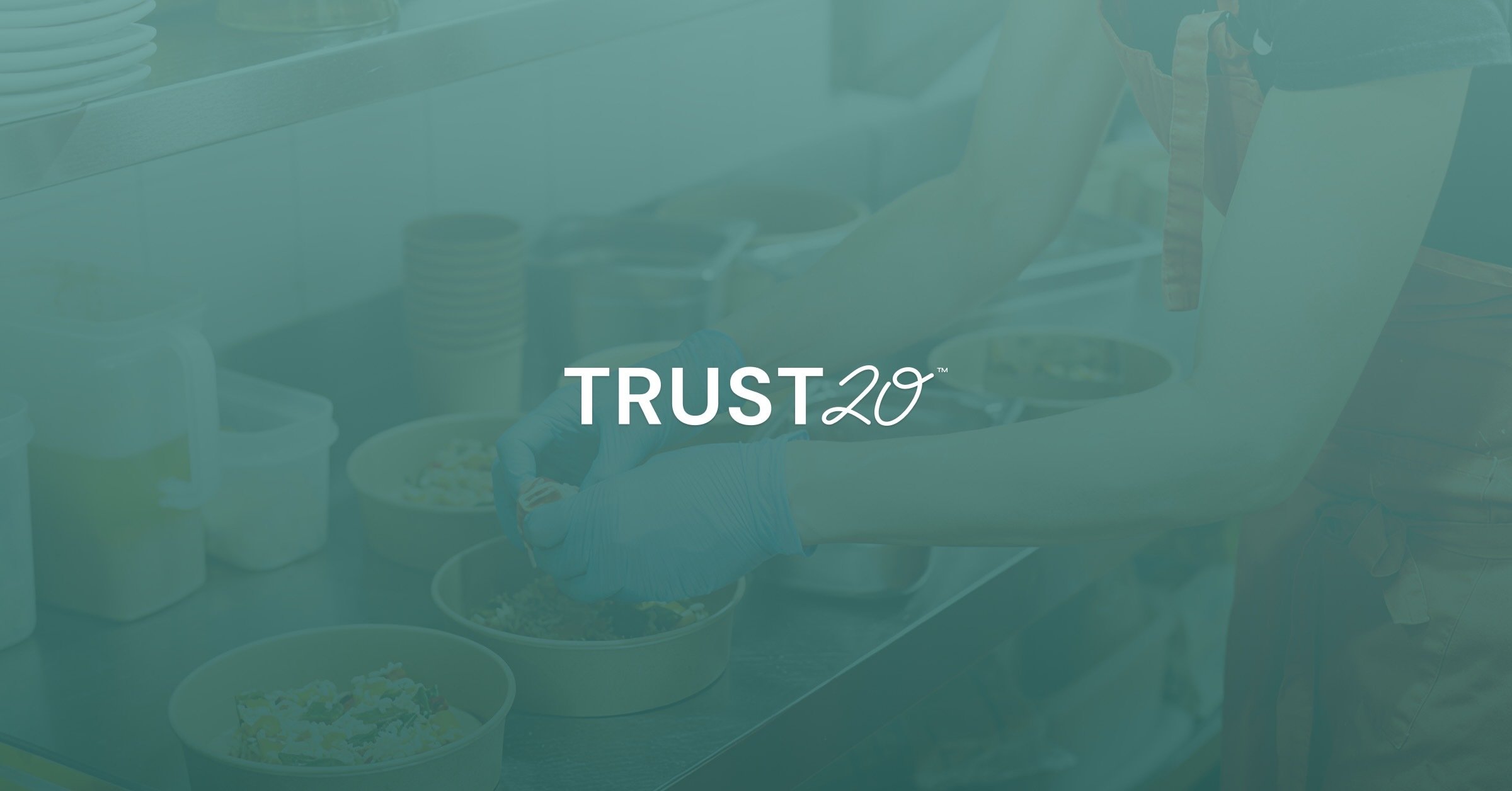A lot goes into kitchen safety–there are the more obvious hazards like the presence of fire, sharp knives, and the pressure that comes from a lot of people moving around in a limited space to produce meals on intense timelines.
Less obvious are the chemical hazards present in the kitchen. Cleaning agents might immediately come to mind, but there are also potential chemical hazards in many of the foods we consume daily, including fresh produce.
It’s necessary for the continued success of any kitchen to keep chemical safety top-of-mind. Here’s what to look out for and what to do if chemical contamination occurs:
Less obvious chemical hazards in the kitchen
10 rules for safe storage and handling of kitchen chemicals
What to do if you suspect chemical contamination
Kitchen chemicals 101
It’s obviously important to regularly clean, disinfect, and sanitize the kitchen.
Unfortunately, many commercial kitchen cleaners become chemical hazards if they are not handled properly or if food is prepared in the same area and traces of these chemicals are ingested.
The same goes for any pest control necessary to keep a kitchen free of unwanted guests (rat chefs are only cute in animated films).
However, these obvious chemical hazards aren’t the only ones found in the kitchen!
Less obvious chemical hazards in the kitchen
Aside from cleaning agents, there are also less obvious chemical hazards to keep in mind. Fruits and vegetables often have pesticide residue on them that can be harmful if ingested in high doses.
Chemicals like mercury and lead can also be found in polluted soil and water. These can potentially contaminate not only produce but also fish. All food needs to be thoroughly inspected and cleaned before being prepared for consumption by customers.
Plastic packaging that food arrives in can also contain chemicals that are harmful, especially if exposed to heat. These can leach into food and cause a range of health issues, from endocrine disruption to reproductive problems and, in extreme cases, even cancer. Be sure to properly dispose of packaging and keep it away from heat sources in the kitchen.
There are also chemical hazards present in food additives like colorings, stabilizers, and preservatives. These are completely safe when consumed at recommended levels but can cause health problems if consumed in excessive amounts. Be sure staff knows what amounts are acceptable in food as it’s prepared.
Keeping kitchen staff safe
It’s up to kitchen staff supervisors to ensure everyone is trained on chemical safety and storage in the kitchen, along with providing necessary safety equipment (PPE) and opting for non-toxic cleaners whenever possible.
Employers are required to disclose workplace hazards to employees, including the chemicals they work with, following OSHA guidelines.1 The Hazard Communication Standard mandates that employers:
-
Make an inventory of all the chemicals used or stored at the workplace
-
Label all chemical products
-
Obtain and make available to employees copies of the Material Safety Data Sheets (MSDSs) for all chemicals; MSDSs must provide detailed information about any chemicals, possible health effects, and how employees can work with them safely
-
Train all employees about the chemicals they work with and how to use them safely
Working from those requirements, we’ve put together a list of ten rules for safe storage and handling of kitchen chemicals.
10 rules for safe storage and handling of kitchen chemicals
Some of the rules for safe chemical storage seem like common sense, but it’s worth covering all of the best practices with kitchen staff while ensuring ongoing training is available.
Here’s what you want staff to do:
-
First and foremost, be sure staff store chemicals–including cleaning agents and any pest control chemicals–away from food storage and preparation areas
-
Never clean or use chemicals near food, whether it’s being actively prepared, waiting for its time to shine, or about to go out to customers
-
Clearly label all chemicals (skull and crossbones optional) so it’s less likely any are misused
-
Follow all instructions for chemical use provided by the manufacturer
-
Never mix chemicals together; some chemical combinations can be dangerous or deadly (for example, bleach and vinegar create chlorine gas, which is toxic)
-
Never put chemicals that have spilled or that weren’t used back into their containers, and be sure to dispose of both chemicals and their packaging properly
-
Never use a chemical container to store food; use only food-grade storage containers for food items
-
Thoroughly wash hands after handling any chemicals
-
Thoroughly wash all fruits and vegetables to remove any remaining traces of pesticides
-
Never use cookware that can become toxic; lead is toxic in high enough concentrations (it’s also present in pewter), and acidic foods can leach chemicals from copper, making any foods that come in contact with that copper toxic.
What to do if you suspect chemical contamination
Sometimes despite the best efforts of staff, vendors, and delivery personnel, chemical contamination happens. Here’s how to handle it if it does.
If something spills
Staff need to be trained to handle a spill prior to one happening, as with all other potential kitchen emergencies.
Spills can take many different forms and involve many different chemicals; spilling a container of plain vinegar, for example, is much less of a hazard than spilling a container of bleach. Both need to be dealt with immediately, especially if they happen near produce and/or dried goods.
Staff should immediately act to clean up the spill after putting on the correct PPE to avoid getting any chemical irritants on their skin. Chemicals should be disposed of properly along with their packaging and any food items that were contaminated.
Never take any chances with food safety in the kitchen!
If there’s an improper delivery
A delivery might look like it wasn’t handled properly or had chemicals nearby, either when it was in transit to you or when a busy delivery person put it down whenever they saw space before moving on to their next order.
If food looks like it has been contaminated, it needs to be properly disposed of, and the vendor needs to be notified about the issue. Be sure also to follow any necessary reporting procedures for the company, venue, or government regulations.
Also, be sure that all staff know where deliveries should be directed and stored.
FAQ
What is the proper way to store chemicals in the kitchen?
Chemicals should be stored in a designated area, away from food storage and preparation zones. They should be in their original, clearly labeled containers.
What are the OSHA rules for chemical storage?
OSHA's Hazard Communication Standard requires employers to inventory all chemicals, label them, provide Safety Data Sheets (MSDSs), and train employees on safe handling and storage.
Is it okay to store chemicals in the same cabinet as food?
No. Never store chemicals in the same cabinet, shelf, or area as food items to prevent accidental contamination.
What chemicals should never be stored together?
Never mix or store certain chemicals together. For instance, bleach and ammonia create toxic gas, as do bleach and vinegar. Always check manufacturer labels for storage incompatibilities.
Is it safe to move chemicals into different containers?
No. Chemicals should always be kept in their original, properly labeled containers. Never use food containers to store chemicals or vice versa.
Final Thoughts
One of the biggest responsibilities in the kitchen is to keep staff and customers safe, including from potential chemical contamination.
That means properly storing food, properly storing and labeling all chemical cleaning agents and pest control chemicals, and providing regular training to ensure staff knows all of the best practices necessary to keep themselves and others safe as they interact with necessary chemicals in the course of their job.
Just remember: when in doubt, throw it out! (Properly.) Replacing any contaminated food or spilled chemicals is always better in the long run than using something questionable and facing inquiries, fines, and potentially even losing your business.
Sources:
- OSHA: Hazard Communication
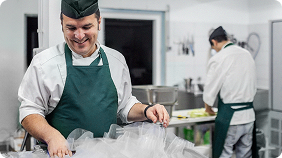

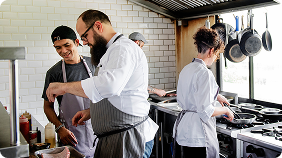


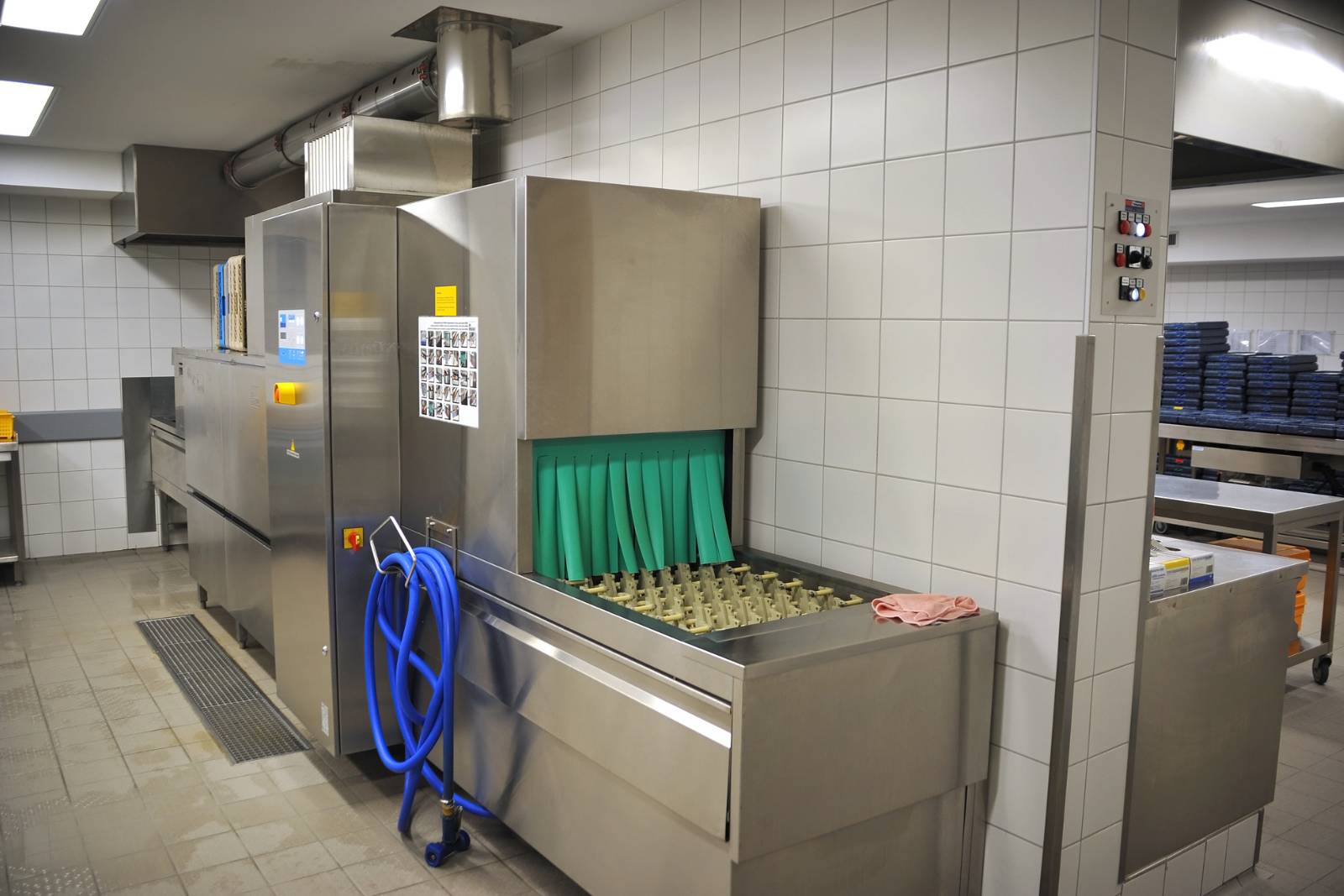
.png)
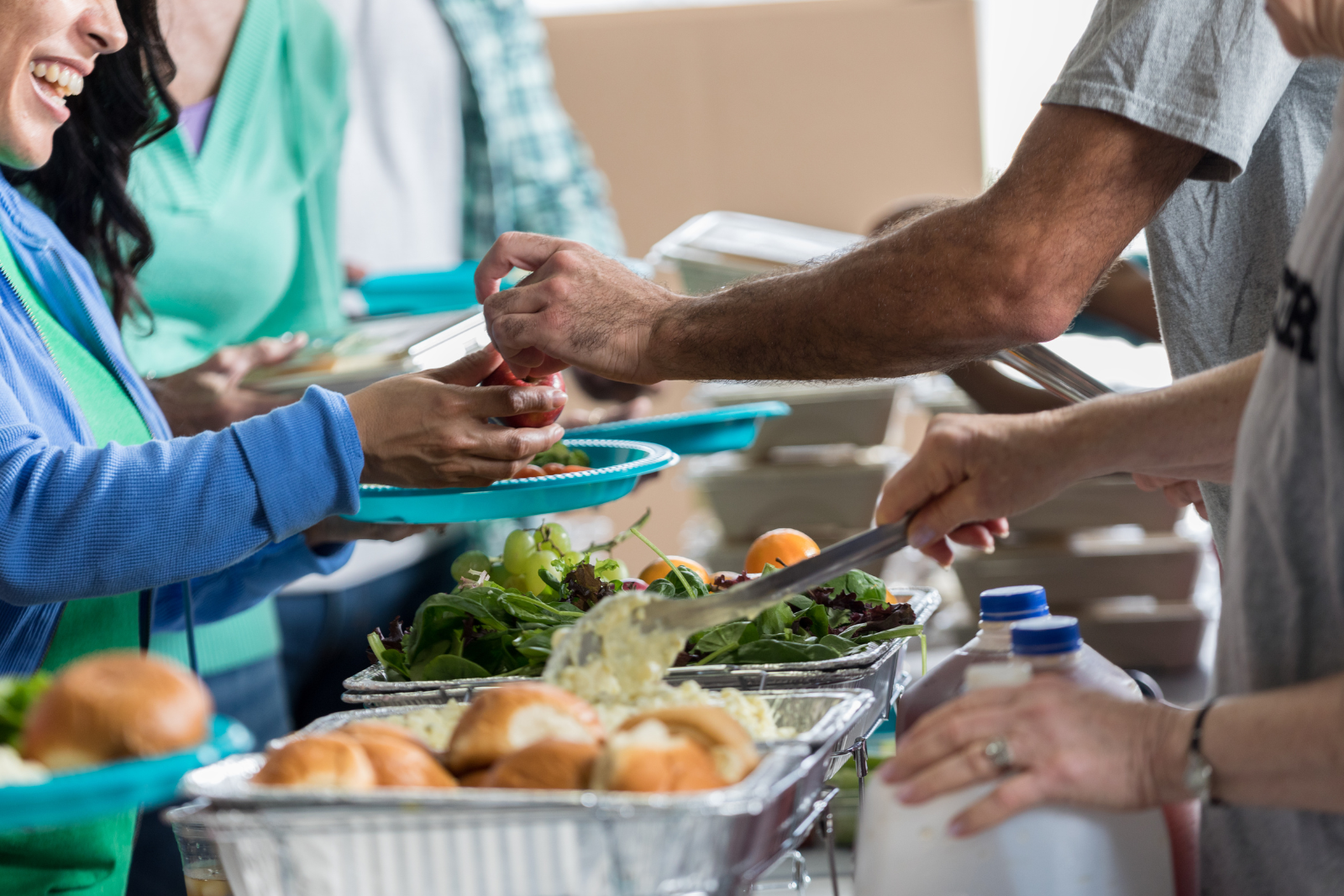
.png)
